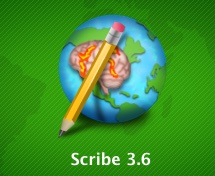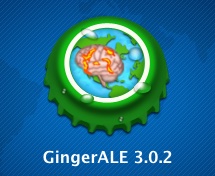Subject Groups
This section describes the characteristics of each subject group in the publication.
Group Name
A brief name for this subject group. Normal subjects groups should be referred to as “Healthy Controls”.
In the case of subgroups used from a larger group population, the subgroup is named the following matter: “Subgroup of Main Group, unique feature of the subgroup”. For example, "Subgroup of Healthy Controls, Males Only".
Diagnosis
Any medical or psychological conditions pertinent to the experiment. In the case of controls, use "Normals".
ICD Code
Most diseases are listed in the International Classification of Diseases (ICD).
If the ICD code is not listed in the publication, which is often the case, then this field can be left blank.
For some examples of ICD codes, see our table of ICD codes used in BrainMap.
Total Subjects
The number of subjects in this subject group. Positive integers only.
Gender
Options are "Males Only", "Females Only", and "Mixed".
Gender Ratio
The ratio of male to female subjects (e.g. "4 men, 5 women" or "4:5"). This field is only used for subject groups with "Mixed" gender.
NOTE: if coding a Functional publication in Scribe, use the "Short Description" field for the gender ratio information.
Handedness
The handedness of this group can be described as "Left", "Right" and "Mixed". Use the "Mixed" option if the subjects had different handedness.
Handedness Ratio
If the publication specifies the ratio of left- vs right-handed subjects in the "Mixed" handedness subject groups, then provide the numbers of right-handed and left-handed people (ex. "6 right-handed, 4 left-handed" or "6:4").
NOTE: if coding a Functional publication in Scribe, use the "Short Description" field for the handedness ratio information.
Native Language
The native language or languages of the subjects. This field should only be used if the publication text specifies a native language.
Ages of Subjects
Minimum, maximum and mean ages should be coded only if they are reported in the paper. If necessary, rounded to the nearest integer.
Short Description
Include inclusion or exclusion criteria, as well as any relevant subject-group specific information that has not already been coded in the previous fields.
NOTE: if coding a Functional publication in Scribe, use the "Short Description" to include gender and handedness ratios.
Structural-Only Fields
Age of Onset
The age in years when patients began to experience symptoms of the disease or condition, integer values only.
Treatment Status
"Medicated", "Unmedicated" or "Mixed". If "Mixed", provide the number of subjects unmedicated and medicated in the short description.
Sex-Matched Controls
Indicates if the non-control (patient) group and control group have the same/similar ratio of males to females.
Duration of Illness
The mean amount of time the patients have been experiencing symptoms - specify days, months, years.
Medication
If subjects are medicated, provide all of the names of the medications. Specify the number of subjects taking each medication in the short description.
Age-Matched Controls
Indicates if the non-control (patient) group and control group have the same or similar mean age.
External Assessments
If an external assessment (Test Score, Physical Characteristic, etc.) was correlated with anatomical brain morphometry, include it, otherwise do not list it here.
If the exact external assessment from your paper is not in the list provided, try your best to fit it into one of the provided categories and then provide the exact test name, characteristic, etc. in the short description. Do not add your own external assessment (“other”) to the list unless absolutely necessary.


